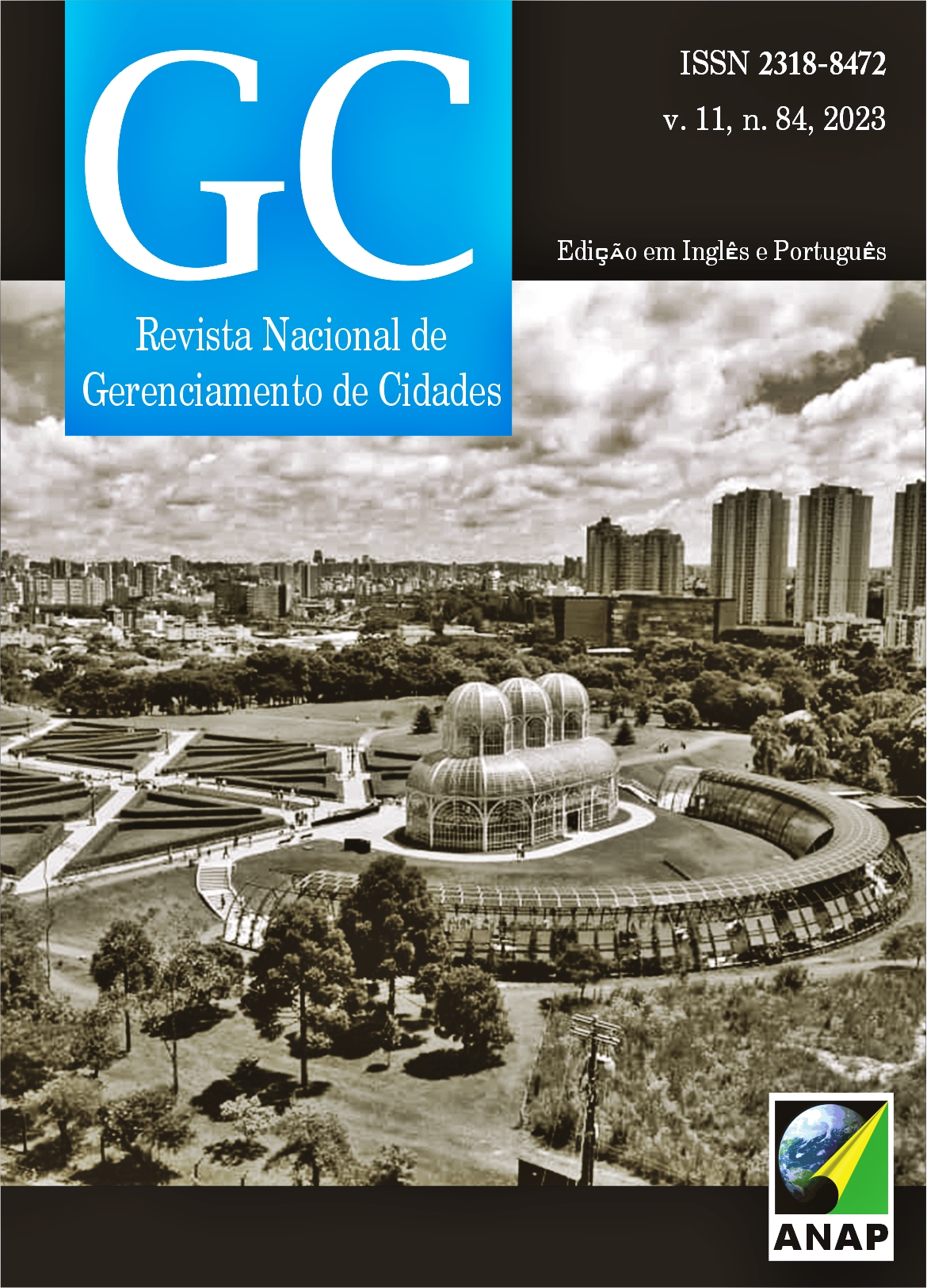Walkability assessment: a comparative study between two neighborhoods in João Pessoa - PB
DOI:
https://doi.org/10.17271/23188472118420234686Palabras clave:
Urban Planning, Active Transportation, Pedestrian Infrastructure.Resumen
The urban design can influence human behavior. This influence can be manifested through walkability, an attribute of the urban environment capable of encouraging active transport and physical activity, and which has been presented as an intelligent alternative to make cities more sustainable and healthier. In view of this, this study has the general objective of evaluating the walkability of João Pessoa - PB from a sample formed by two neighborhoods of the city, Miramar and São José, which have different morphological characteristics. Urban sections in the neighborhoods were selected using the Proportional Stratified Sampling (PSS) method. The evaluation was then carried out in the study areas, using the walkability index iCam 2.0, a tool developed by the Institute for Transport and Development Policies (ITDP Brazil). The results reveal that walkability is insufficient in several sections of both neighborhoods, but the results of the São José neighborhood show worse conditions of mobility, pedestrian infrastructure, safety, and attractiveness, suggesting a socioeconomic segregation in relation to urban planning. The results of this research can contribute to the construction of the literature concerning on the subject and to the understanding of aspects of urban design that favor walkability in Brazilian cities.
Descargas
Publicado
Número
Sección
Licencia

Esta obra está bajo una licencia internacional Creative Commons Atribución-NoComercial-CompartirIgual 4.0.















